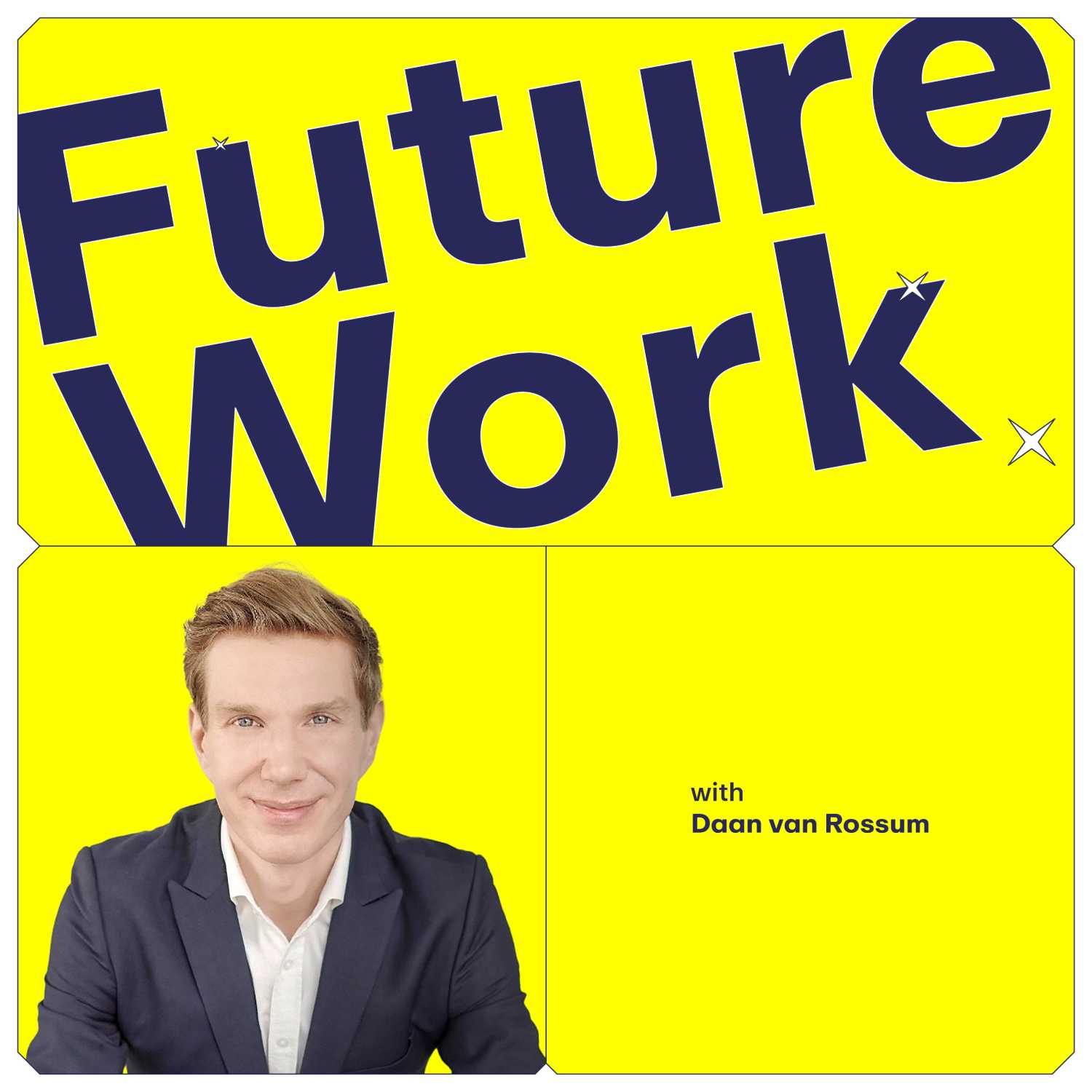Meeting Doomsday: How Asana Won Back 3,000 Hours (with Rebecca Hinds, the Head of The Work Innovation Lab by Asana)
Description
Rebecca Hinds is a Stanford PhD who heads The Work Innovation Lab by Asana. Her research and insights have appeared in publications including Harvard Business Review, New York Times, the Wall Street Journal, Forbes, etc.
In this interview, Rebecca shares:
1. Neuroscience and AI: People have always been afraid of technology and innovation, and neuroscience shows us that people avoid what they fear, and AI is triggering our fear of the unknown, of being replaced.
2. Three Gaps for Organizational Adoption of AI: there are three big gaps between how executives and individual Contributors view the technology:
Optimism Gap: Executives see the promise and potential of AI more than Individual Contributors do.Transparency Gap: Executives think they are more transparent in using AI than they are according to individual contributors.Resource Gap: 25% of executives say they provide AI training, but only 11% of ICs agree. Leaders must close these three gaps to gain the benefits of AI in organizations.3. AI: From Individual Productivity to Team Results: People currently use AI for admin tasks, content production, and data analysis. While beneficial, this creates a risk of focusing too heavily on individual productivity versus team productivity. Doing so can lead to “collaboration overload." This will ultimately result in higher job satisfaction and retention rates due to the increased interest in the work assigned.
4. Solving the Meeting Overload Problems: Rebecca co-wrote the famous HBR article Meeting Overload Is a Fixable Problem. This article highlights the Meeting Doomsday case study, which let people delete all repeating meetings before adding them back, saving participants up to 2.5 work weeks per year. Cutting meeting time is important.
5. Tech Stacks: Less is More: Rebecca’s team recently released a new study about tech stacks in partnership with Amazon Web Services, using too many platforms is counterproductive especially because of switching costs. To solve this issue, the subtraction mindset is key: do less, not more.
6. The Innovation Score: Rebecca's Work Innovation Lab has developed a new AI-powered model for predicting a company's ability to innovate. Called The Innovation Score, it captures four key predictors of innovation: cohesion, velocity, resilience, and capacity.
7. And finally, a call to action from Rebecca: work needs to change, so be bold! Grab a couple of people and test better ways of working.
Future Work is a weekly newsletter and bi-weekly podcast to help people-centric leaders stay ahead in the future of work.
Subscribe on FlexOS, Spotify, Apple Podcasts, and YouTube for the latest Future Work episodes.
Like reading more than listening? Find the article on our website: www.flexos.work/learn/meeting-doomsday-how-asana-won-back-3000-hours
More Episodes
This episode is brought to you by Deel: https://www.flexos.work/deel.
Looking to hire employees globally?
Choose Deel, the #1 Employer of Record, operating in over 100 countries. Simplify hiring, payroll, and compliance—all on a single platform.
Deel’s in-house legal experts ensure continuous...
Published 05/21/24
Published 05/21/24
This episode of Future Work is brought to you by Tactic: https://www.gettactic.com/work.
Tactic is the #1 rated space logistics platform used by customers such as Microsoft, Redbull, the UN, and Northwestern University to create order out of the chaos.
Tactic has a 100% customer satisfaction...
Published 05/14/24


